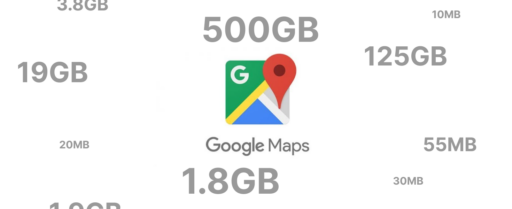Connectivity is constantly evolving with the rise of eSIM technology. As smartphones and other devices transform, the choice between eSIMs and traditional SIM cards becomes increasingly relevant. Understanding these differences is crucial, especially as innovative solutions like Driffle’s eSIM are setting new standards in mobile connectivity. This guide will explore the fundamental distinctions between eSIMs and traditional SIMs and illustrate how Driffle’s eSIM technology is enhancing the connectivity experience.
What is a Traditional SIM Card?
A traditional SIM (Subscriber Identity Module) card is a small, removable chip used in mobile phones to authenticate your identity with your carrier. This physical card contains vital information such as your phone number and carrier details. Users must insert the SIM card into their device’s dedicated slot to enable network connectivity.
Key Characteristics:
- Physical Size: Available in Standard, Micro, and Nano sizes, depending on the device.
- Removal and Replacement: Removable, allowing for straightforward carrier switching or device upgrades.
- Compatibility: Universally supported by a vast array of mobile devices.
What is an eSIM?
An eSIM (embedded SIM) is a digital version of the traditional SIM card, integrated into your device’s hardware. Unlike its physical counterpart, an eSIM does not require a physical card and can be activated remotely. This offers a range of benefits, including flexibility and space efficiency.
Key Characteristics:
- Embedded Design: Permanently embedded in the device, eliminating the need for a physical card.
- Easy Management: Allows for easy activation and management of multiple carriers or plans without swapping cards.
- Eco-friendly: Reduce electronic waste and minimise the environmental impact associated with manufacturing and disposing of traditional SIM cards.
How Driffle’s eSIM Transforms Connectivity
Driffle’s eSIM service takes the advantages of eSIM technology and amplifies them with added convenience and flexibility. Here’s how Driffle’s eSIM stacks up against traditional SIM cards and enhances the eSIM experience:
1. Convenience and Flexibility
Driffle’s eSIM simplifies the process of managing multiple carrier plans. With Driffle, you can activate and switch between different network profiles directly from your device’s settings without needing to handle physical SIM cards. This is particularly beneficial for frequent travelers who need to connect to local networks easily. Traditional SIM cards require physical replacement, which can be cumbersome and time-consuming.
2. Enhanced Device Design
Devices that use Driffle’s eSIM benefit from a more streamlined design. By eliminating the need for a physical SIM slot, manufacturers can design sleeker and more compact devices. This can lead to additional space for other features, such as larger batteries or advanced camera systems. Traditional SIM cards, by contrast, require dedicated slots, which can limit design possibilities.
3. Increased Security
Driffle’s eSIM offers enhanced security features. Since the eSIM is embedded within the device, it is less susceptible to theft compared to a physical SIM card. Additionally, the ability to manage and deactivate the eSIM remotely provides an added layer of security if your device is lost or stolen. While traditional SIM cards can be removed, potentially increasing the risk of unauthorised use, eSIMs offer a more secure solution.
4. Simplified International Travel
One of the standout features of Driffle’s eSIM is its ability to facilitate international travel. Driffle allows users to download and switch to local carrier profiles without needing to physically change SIM cards. This capability is a significant advantage for travelers who need to stay connected across different countries. Traditional SIM cards require purchasing and swapping out cards for each country, which can be inconvenient and expensive.
5. Efficient Carrier and Plan Management
Driffle’s eSIM excels in managing multiple carriers and plans seamlessly. Users can store multiple eSIM profiles on a single device and switch between them effortlessly. This is ideal for individuals who maintain separate personal and work numbers or frequently change data plans. Traditional SIM cards limit users to one carrier per card, necessitating physical card changes for managing multiple plans.
Summary
The comparison between eSIMs and traditional SIM cards highlights several key benefits of eSIM technology, particularly when considering Driffle’s eSIM service. Driffle’s eSIM enhances connectivity by offering unparalleled convenience, security, and flexibility, transforming the way users manage their mobile plans. While traditional SIM cards continue to be a reliable option, the advantages of eSIMs, especially with innovative solutions like Driffle’s, are shaping the future of mobile connectivity.
As technology advances, eSIMs are expected to become more prevalent, and services like Driffle’s will continue to lead the way in making mobile connectivity more efficient and user-friendly. For those looking to stay ahead of the curve, embracing eSIM technology and leveraging Driffle’s offerings could be a game-changer in the world of mobile communication.
To explore the full range of benefits offered by eSIMs, click here.



